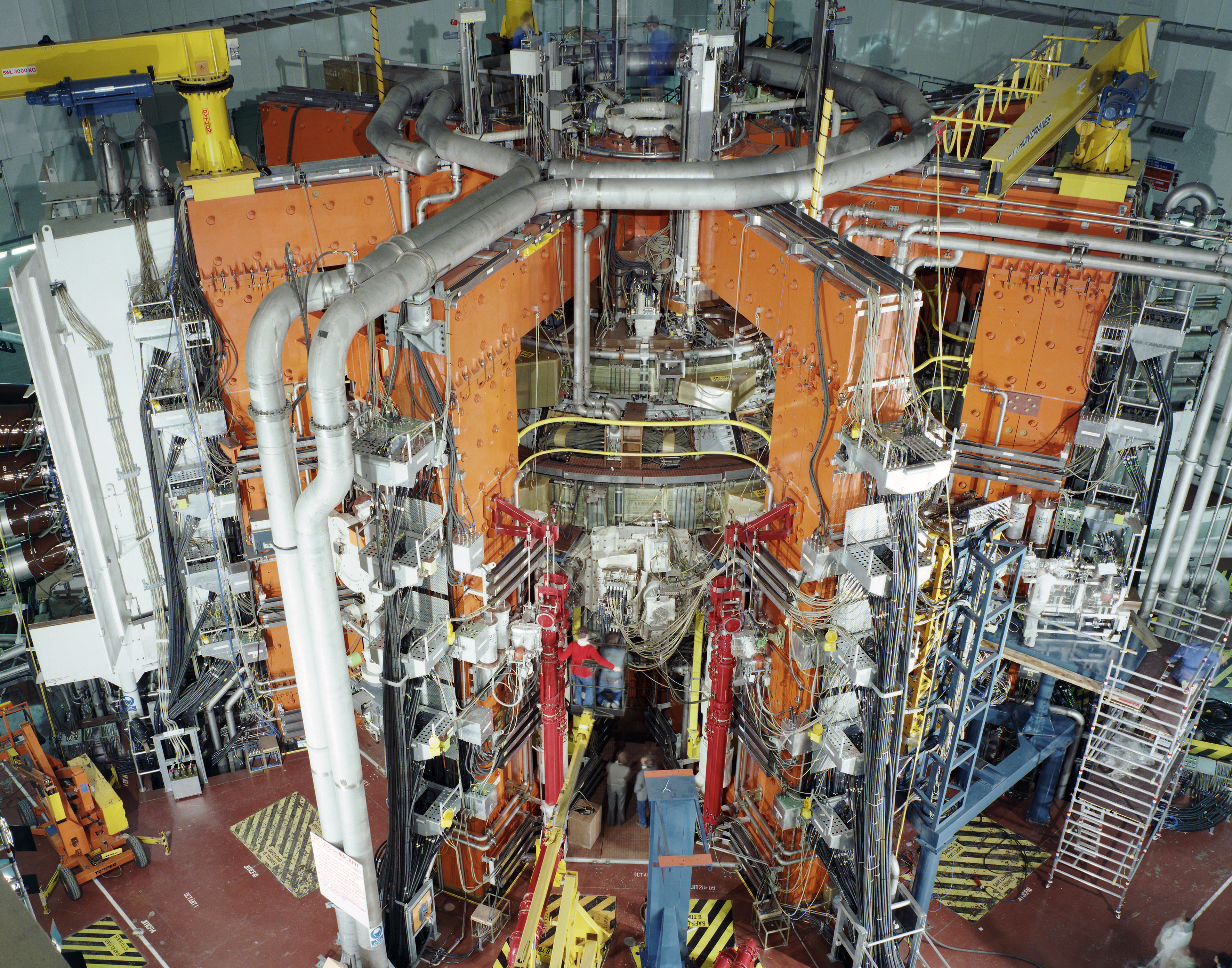Nuclear Fusion Reactor Design
- Introduction to Fusion Energy
- The Tokamak Design
- The Stellarator Design
- The Inertial Confinement Fusion
- The Magnetic Confinement Fusion
- The Field-Reversed Configuration and Other Emerging Designs
- Safety, Waste and Environmental Impact
- Future of Fusion & Course Review
Future of Fusion & Course Review
Course Review: Fusion Reactor Designs and the Future of Fusion Energy

Experimental type of electricity generation using nuclear fusion.
As we reach the conclusion of our journey through the world of fusion reactor designs, it's time to reflect on the key concepts, challenges, and opportunities we've explored. This course review will serve as a comprehensive summary of the topics we've covered, reinforcing your understanding and providing a reference point for future learning.
Fusion Reactor Designs
We began our exploration with an introduction to the fundamentals of fusion energy, discussing the process and the immense potential it holds for sustainable energy production. We then delved into the specifics of various fusion reactor designs.
The Tokamak Design
The Tokamak design, characterized by its toroidal shape and use of magnetic fields to confine plasma, is currently the most researched design. We discussed its key concepts, variations, and current experiments, such as the ITER project in France.
The Stellarator Design
The Stellarator, with its complex twisted design, offers an alternative approach to plasma confinement. We explored its unique features, variations, and current experiments, including the Wendelstein 7-X in Germany.
Inertial Confinement Fusion (ICF) and Magnetic Confinement Fusion (MCF)
We also examined other designs like the ICF, which uses high-energy lasers to heat and compress a small fuel target, and the MCF, which uses magnetic fields to confine the plasma. We discussed their principles, major experiments, and future prospects.
Field-Reversed Configuration and Emerging Designs
Finally, we looked at the Field-Reversed Configuration and other emerging designs, highlighting the ongoing innovation in the field of fusion energy.
Challenges and Opportunities of Fusion Energy
Throughout the course, we've also discussed the challenges facing fusion energy, from the technical difficulties of achieving and maintaining the conditions for fusion, to the economic and regulatory hurdles. However, we've also highlighted the opportunities that fusion energy presents, such as its potential to provide a virtually limitless, clean source of energy.
Safety, Waste, and Environmental Impact
We've also addressed the safety procedures in fusion reactors, the handling of fusion waste, and the minimal environmental impact of fusion reactors. These aspects underscore the potential of fusion energy as a sustainable and environmentally friendly energy source.
The Future of Fusion Energy
In our final module, we've looked at the future of fusion energy, discussing its potential as a sustainable energy source and the current research and future projects in the field. We've emphasized the importance of international collaboration in advancing fusion energy research and the exciting possibilities that lie ahead.
In conclusion, this course has provided a comprehensive overview of fusion reactor designs and the future of fusion energy. As we stand on the brink of a new era in energy production, the knowledge and understanding you've gained will equip you to engage in informed discussions about this transformative technology.